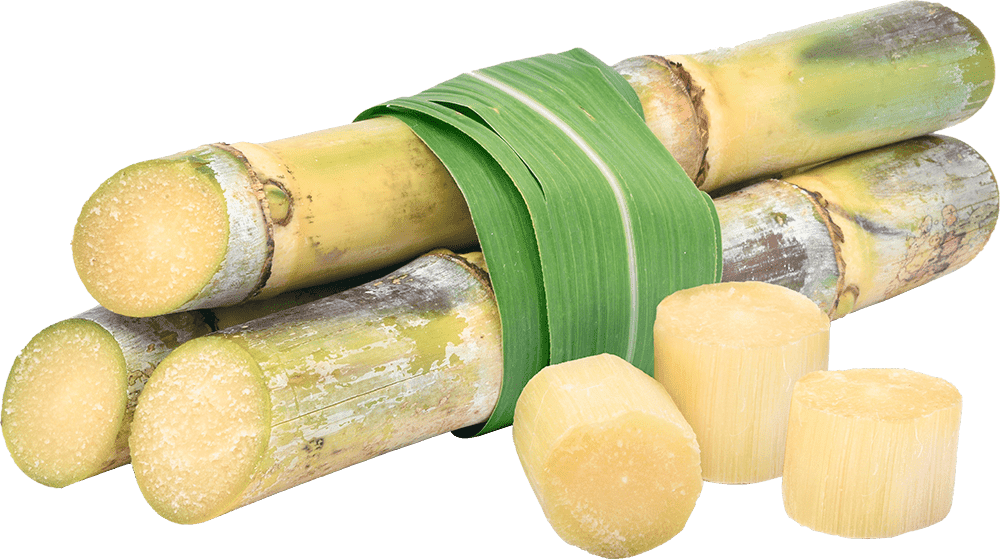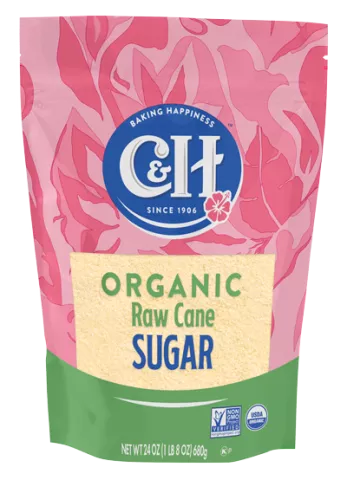Effective Cane Sugar Processing: Making The Most Of Return and Pureness
Effective Cane Sugar Processing: Making The Most Of Return and Pureness
Blog Article
A Thorough Overview to the Ecological Effect and Sustainability Practices in Walking Stick Sugar Handling
The ecological influence of cane sugar handling provides an intricate selection of obstacles that warrant mindful assessment. From soil destruction and extreme water usage to the carbon footprint linked with cultivation and manufacturing, the effects of typical techniques are far-reaching. What certain practices can be implemented to strike an equilibrium between efficiency and ecological stewardship?
Summary of Walking Stick Sugar Processing
Walking cane sugar handling entails a series of systematic actions that change sugarcane into polished sugar. Initially, collected sugarcane is moved to processing centers, where it undergoes cleaning up to get rid of dirt and debris. Following this, the cane is crushed to extract juice, which is then clarified by getting rid of contaminations via home heating and the enhancement of lime.
The clarified juice undergoes evaporation, where water is eliminated to concentrate the sugar content. This concentrated syrup is then taken shape via cooling, permitting sugar crystals to form. These crystals are divided from the remaining syrup using centrifugation, resulting in raw sugar. To accomplish polished sugar, the raw item undertakes additional filtration processes, which may consist of washing and filtering system to get rid of continuing to be pollutants and shade.
The end product is then dried out and packaged for circulation. Throughout this entire procedure, keeping efficiency and quality control is necessary to make sure the sugar meets sector standards. Each step in walking stick sugar handling not just adds to the end product however likewise has implications for source use and waste generation, establishing the stage for conversations on sustainability and environmental influences related to sugar manufacturing.
Ecological Difficulties of Manufacturing
The manufacturing of walking stick sugar provides a number of considerable ecological challenges that warrant focus. One key issue is the substantial use agrochemicals, consisting of chemicals and plant foods, which can lead to soil destruction, biodiversity loss, and contamination of regional water sources. The drainage from sugarcane fields often carries these chemicals into nearby ecological communities, interrupting water life and impacting the health and wellness of communities reliant on these water bodies.
One more challenge is the high energy usage connected with sugarcane handling. The boiling and refining stages need significant heat, mostly created by shedding fossil gas, adding to greenhouse gas discharges. Furthermore, the expansive land area needed for sugarcane farming can result in logging and habitat devastation, further worsening environment change and threatening wildlife.
Moreover, the labor techniques in some regions elevate honest worries, as employees may face poor working problems and inadequate earnings. This situation frequently perpetuates a cycle of hardship in local communities. Cane Sugar Processing. Attending to these environmental difficulties is critical for establishing more lasting methods in walking cane sugar production, ultimately profiting both the setting and the neighborhoods involved in this market
Water and Land Use Influence
Water resources and land application are important components in the cane sugar sector that substantially influence the environment. The growing of sugarcane calls for considerable water input, with price quotes suggesting that it can eat approximately 2,000 litres of water per kilogram of sugar generated. This extensive usage of water frequently leads to depletion of regional water resources, impacting not go to website just the sugarcane ranches but also surrounding ecosystems and areas that count on the very same water sources for farming and residential usage.

Additionally, land use for sugarcane cultivation can result in logging and the conversion of all-natural environments into monoculture ranches. This technique decreases biodiversity, interferes with neighborhood environments, and adds to dirt degradation. The expansion of sugarcane areas usually elbows in on beneficial agricultural land, producing competitors for sources in between food and biofuel manufacturing.
Sustainable practices, such as optimizing irrigation techniques and implementing crop rotation, are necessary to mitigate these effects. By adopting much more effective water use and land administration approaches, the cane sugar sector can reduce its eco-friendly impact, making certain an equilibrium between agricultural productivity and ecological preservation.
Greenhouse Gas Emissions
Greenhouse gas emissions represent a substantial ecological worry within the walking stick sugar processing industry, especially as farming methods expand to fulfill international need. The farming of sugarcane, a crop that thrives in exotic environments, counts greatly on synthetic plant foods and pesticides, which contribute to laughing gas exhausts. Additionally, land-use adjustments, including deforestation for brand-new sugarcane haciendas, release co2 kept in vegetation and dirt.
During handling, energy usage is an additional major source of greenhouse gas discharges - Cane Sugar Processing. Several sugar mills make use of fossil gas to power machinery and generate heat, resulting in significant carbon impacts. Furthermore, the transportation of raw sugarcane and completed items includes layers of emissions via gas combustion in automobiles
This entails reviewing current farming practices, refining approaches, and transport systems to determine areas for enhancement and reduction. Addressing greenhouse gas discharges is vital for promoting an extra sustainable walking cane sugar sector in an altering environment.

Lasting Practices and Innovations
Sustainable methods and advancements are progressively essential in the why not find out more walking stick sugar handling sector as stakeholders look for to minimize environmental impacts while keeping productivity. One significant advancement is the execution of incorporated plant management, which enhances resource use by combining soil management, bug control, and crop rotation strategies. This method boosts yield while reducing chemical inputs and protecting soil wellness.
In addition, the fostering of eco-friendly power sources, such as biomass from sugarcane deposits, has gotten grip - Cane Sugar Processing. By converting waste products into energy, refining centers can lower their dependence on nonrenewable fuel sources, thus reducing greenhouse gas discharges
Water management methods have likewise seen improvements via the recycling and reusing of water in processing plants, dramatically decreasing freshwater consumption. Advancements in technology, such as precision agriculture, enable farmers to keep an eye on plant health and source use better, guaranteeing sustainable farming methods.
Additionally, certification programs like Fair Trade and Jungle Alliance urge ecologically liable farming other techniques and promote social equity within the supply chain. By embracing these lasting practices and innovations, the cane sugar processing sector can improve its durability and contribute positively to environmental stewardship.
Final Thought
The environmental effect of walking cane sugar handling presents considerable difficulties, including dirt destruction, high water consumption, and greenhouse gas exhausts, along with moral issues connected to labor practices. Dealing with these issues via sustainable techniques, such as incorporated crop management, renewable resource adoption, and water recycling, is essential. By promoting environmentally accountable and socially equitable techniques in sugar production, the sector can alleviate its negative effects, making sure a more sustainable future for both communities and ecological communities associated with this sector.
Cane sugar processing involves a collection of organized steps that transform sugarcane into polished sugar. Each action in walking stick sugar processing not only contributes to the final product but likewise has effects for source use and waste generation, setting the phase for conversations on sustainability and ecological influences linked with sugar production.
Greenhouse gas emissions stand for a substantial ecological problem within the cane sugar handling market, especially as farming practices broaden to fulfill worldwide need.Sustainable practices and developments are increasingly vital in the cane sugar processing sector as stakeholders look for to reduce ecological impacts while preserving efficiency.The ecological effect of walking cane sugar processing offers considerable obstacles, consisting of dirt deterioration, high water intake, and greenhouse gas discharges, alongside ethical worries connected to labor methods.
Report this page